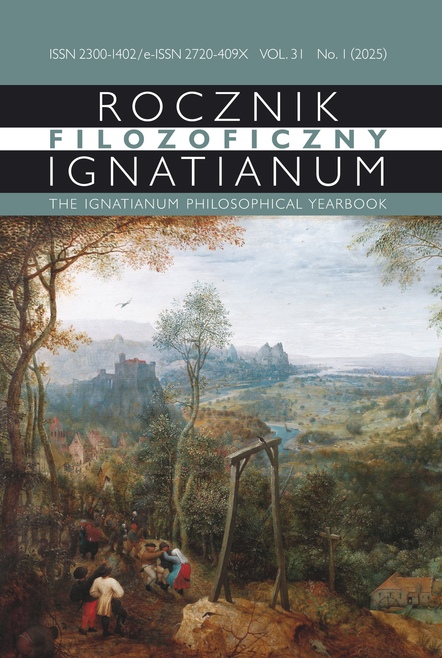Punishments and Rewards in Silesian Monasteries in the Middle Ages
Abstract
This article examines the system of punishments and rewards implemented in Silesian monasteries during the Middle Ages, drawing upon both narrative sources (monastic chronicles) and normative texts (monastic statutes). The analysis focuses on two communities of regular canons in Silesia: the Monastery of the Blessed Virgin Mary on Piasek Island in Wrocław and the Monastery of St. Bartholomew in Żagań (Sagan). Additionally, the findings of Olga M. Przybyłowicz on the Wrocław-based Poor Clares provide further insight. A fundamental aspect of monastic discipline was the Chapter of Faults, where each monk was required to publicly confess his transgressions before his brethren. Infractions were classified into light, heavy, and severe offenses. Minor violations typically involved breaches of man-made regulations and statutes, whereas the gravest offenses pertained to transgressions against divine commandments. Crimes such as murder or apostasy, which fell beyond the scope of monastic jurisdiction, were treated as exceptional cases. The majority of recorded infractions concerned minor daily transgressions, which resulted in relatively lenient penalties, such as eating meals seated on the ground or restrictions on food consumption. While the general structure of offenses and punishments appears similar between male monasteries and female convents, the case of the Poor Clares of Wrocław highlights gender-specific disciplinary measures. These included punishments influenced by perceptions of female psychology as well as strict enforcement of monastic enclosure. Notably, both in monasteries and convents, a greater emphasis was placed on punishments than on rewards. However, despite an extensive system of disciplinary measures, instances of unseemly behavior or even scandalous conduct among monks persisted, underscoring the challenges of enforcing monastic discipline.
Copyright (c) 2025 Ignatianum University in Cracow

This work is licensed under a Creative Commons Attribution-NoDerivatives 4.0 International License.
The Yearbook only accepts materials for publication that are free of all conflicts of interest, and that in no way involve conflicts over authorship, copyright, etc. The Editors will take action against any cases of plagiarizing, ghostwriting1, guest/honorary authorship2, etc. Where co-authored work is concerned, the Author listed first is expected to take responsibility for the submission, and is required to make clear the contributions of all of the Co-Authors involved. In the event of the publication owing its existence to funding dedicated to this purpose, this fact should be made clear: e.g. in any note of thanks/acknowledgement, or in a footnote, etc. Explicit notification should be given of any form of reprinting, with the appropriate evidence of permission to publish being furnished as required. Any impropriety on the part of Authors/Reviewers risks exposing them to appropriate responses from the relevant institutions.
______
1 This term refers to instances of a person who has made an essential contribution being omitted from the list of authors, or from notes conveying gratitude and/or acknowledgement.
2 This occurs when a person who has made either an insignificant contribution or no contribution at all nevertheless appears on the list of authors.





